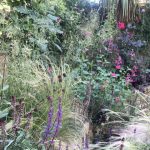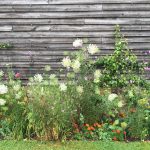I grow our garden as much for wildlife as for design and plants. Wildlife adds many layers of enjoyment, interest and a dynamism to our home – like nothing else.
Urban wildlife gardening success
Our garden is for humans to enjoy, it’s also for animals, insects and thousands of little lives to live in.
By growing a densely planted garden with flowers year round and cutting back completely on chemical pesticides over the last three years our garden has transformed.
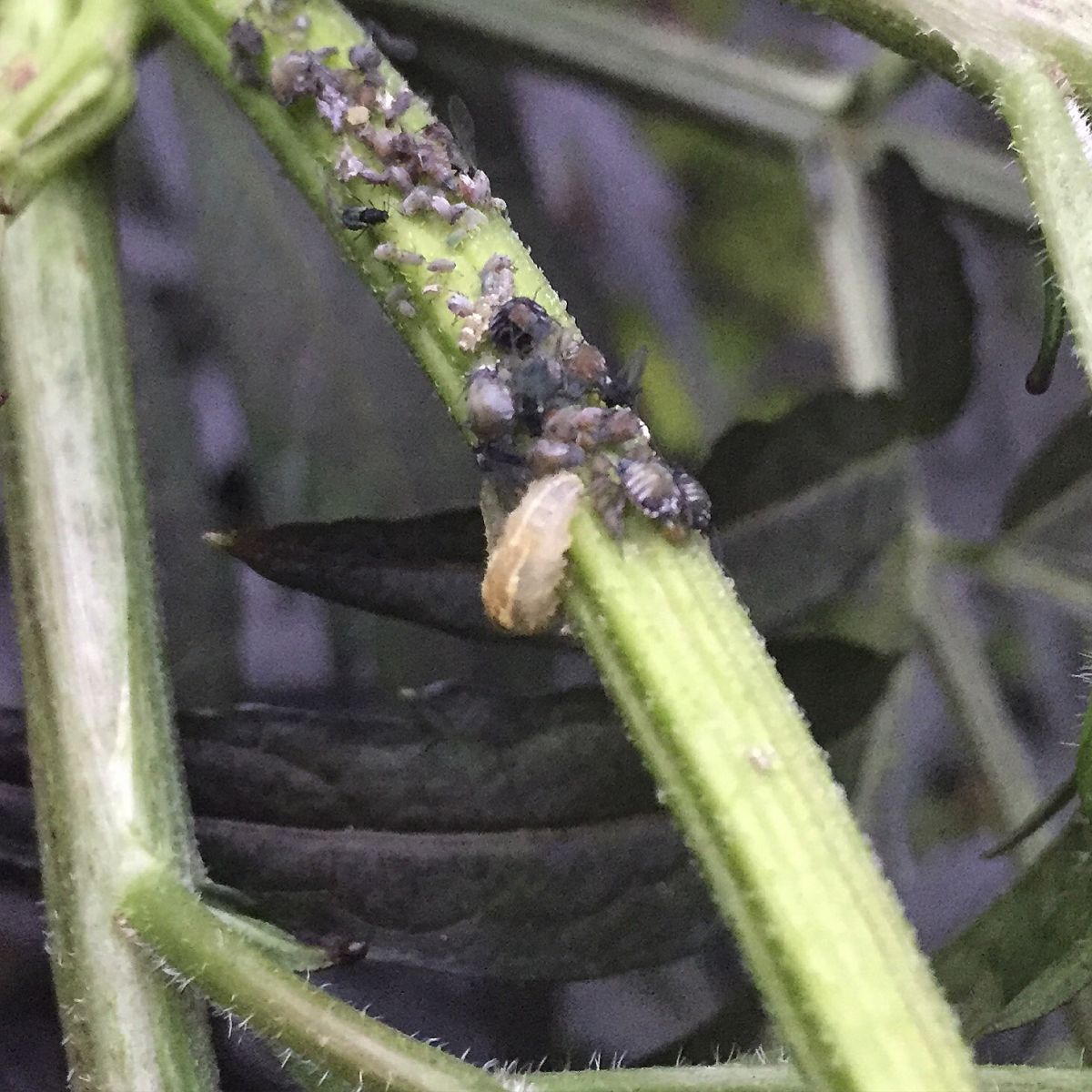
Our soil is rich in worms, we have birds and bees. The wildlife, like the plants, seems to come in waves through the year.
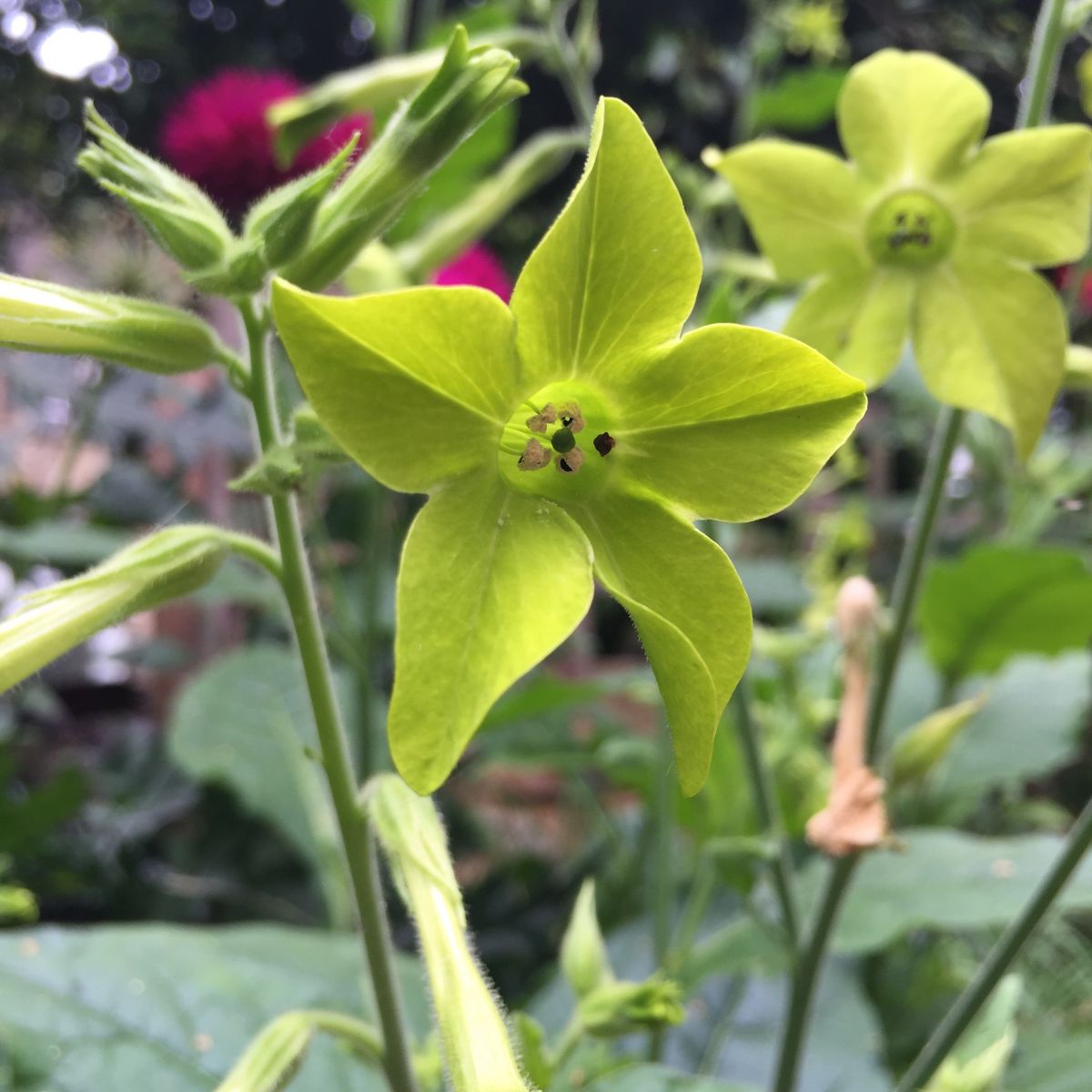
First it’s the aphids, hoverfly and ladybirds in spring. Later in the year spiders emerge en mass and there are larger populations of moths and butterfly. If we’re lucky, the moths attract little bats. For the first time this year I’ve noticed many more centipedes.
My fear of spiders has vaporised since understanding their role better in controlling flies, wasps, midges, mosquitoes and my arch nemesis: the vine weevil. Our garden is packed with many species of spider, the only really effective predators of vine weevil adults.
It’s not all altruism, the bugs add to the entertainment.
Entertaining ecosystems
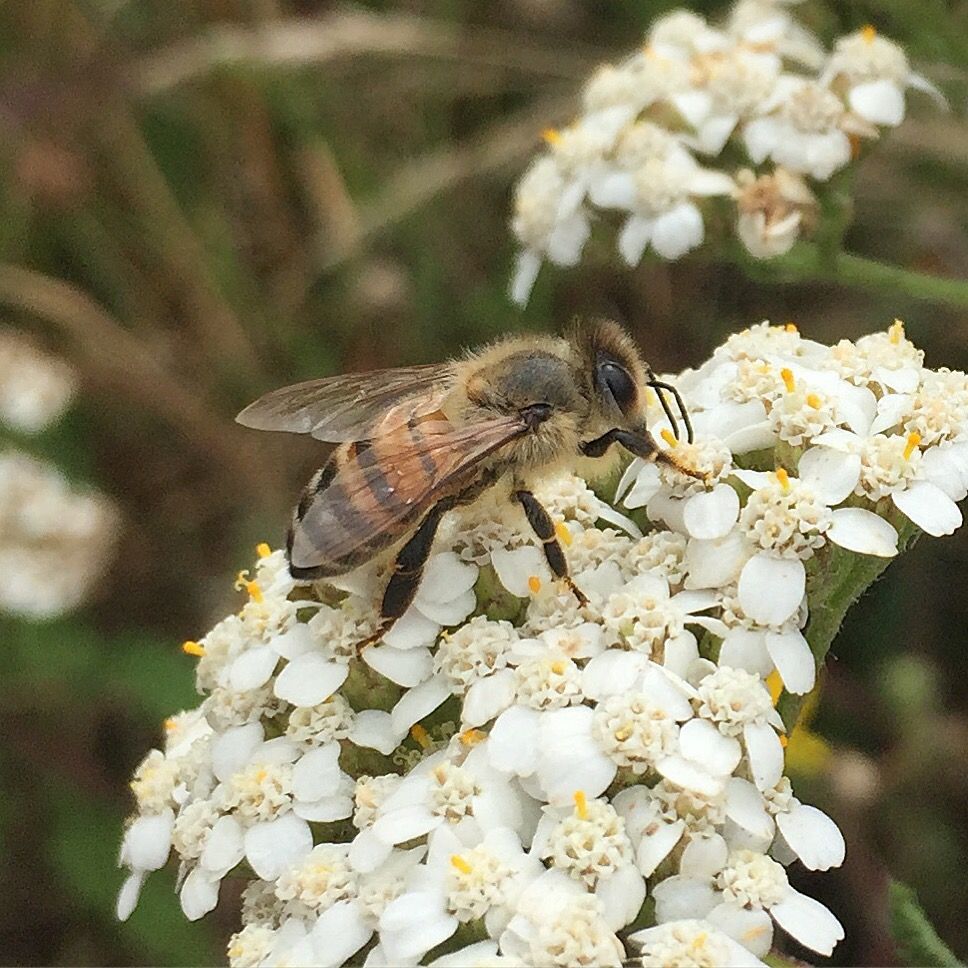
For anyone designing their garden, I really encourage owners to think of the space as a mini ecosystem – where thousands of little lives lock together in an intricate web of endless activity. We, the human, in the privileged role of guardian.
Nurturing a garden for wildlife is often more about knowing when not to do anything. Happy news I suspect for most people.
A few tweaks here, a few tweaks there, largely leaving nature to do the hard work for you while you sit with feet up and a glass of vino watching it all.
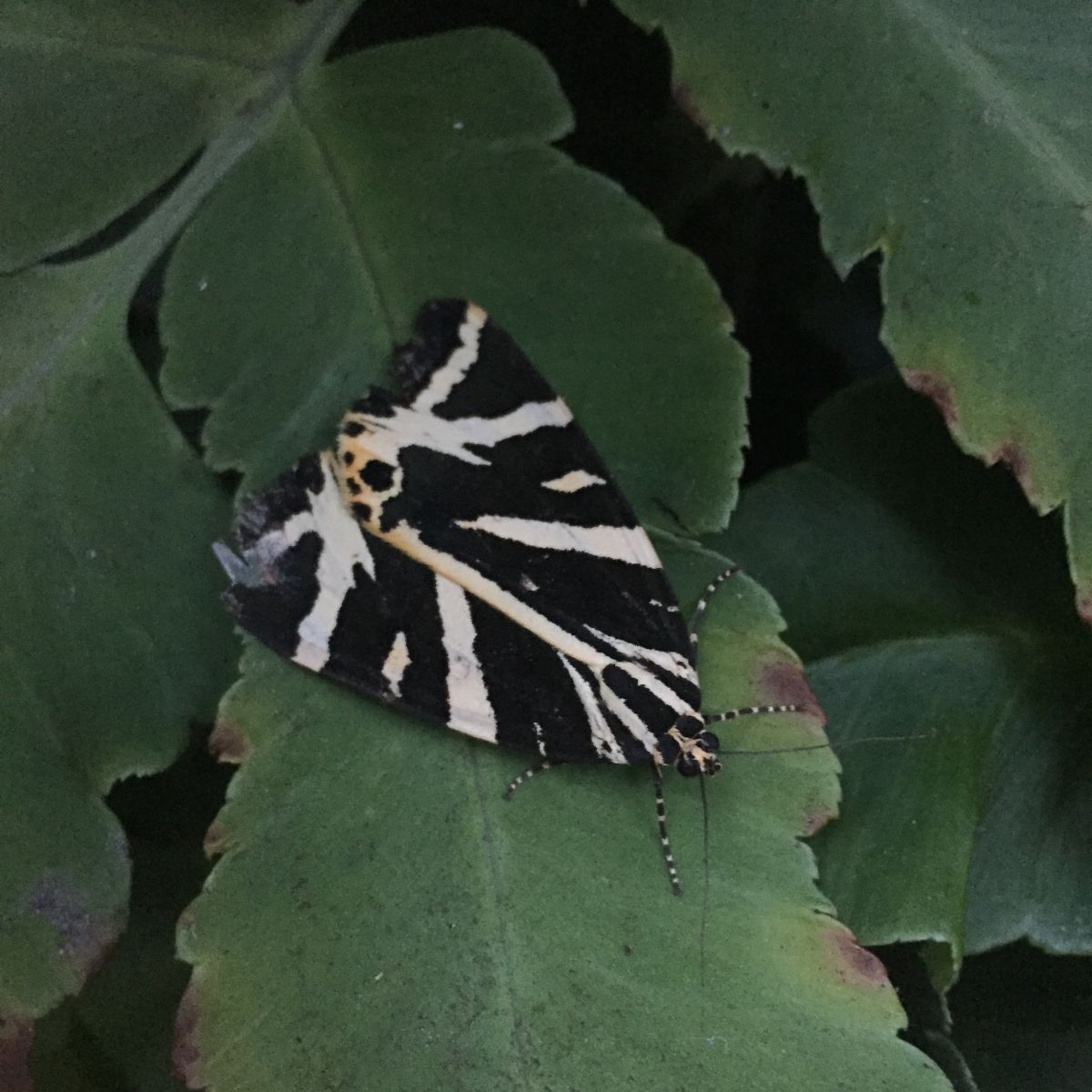
For adults and children, allowing wildlife to get on with it creates an endless world for you to explore with your eyes and ears. It doesn’t matter how small your balcony or garden, with density of plants and a few flowery lures through the year, you will attract a wildly active ecosystem (read my 4 fundamentals of attracting wildlife in my last blog).
Discouraging wildlife too
It’s not all about bringing wildlife in – a garden is an artificial place for us humans too. Slugs, snails, vine weevil, plant killing fungal disease. We want rid of that.
This is where the guardian bit comes in. Managing slug and snail populations is a biggie. In our first year we had a genuine snailpocalypse – hundreds of the things eating every seedling in sight. Affecting our enjoyment and hampering the introduction of flowering plants for pollinators.n
They have to be reduced and so had picking and moving snails elsewhere and nematodes for slugs are essential on occasion. Unless you have room to host a pond for frogs, toads or newts. Which we don’t yet (especially with a cat).
We have a very healthy population of vine weevil. These really cause damage and are a real problem in London where they thrive in the mild winters and lack of active gardeners.
I’ve managed to reduce vine weevil with a relentless programme of nematodes to kill the grubs and torch light hunting of the adults at night. The growing spider population is helping.
I squash some big infestations of aphids with my fingers but leave enough for hoverfly and ladybirds.
Nurture vs nature
It’s easy to feel like you should let nature do its thing, life finds a way after all. But gardens are not wild lands, they are for people.
Humans are a critical animal in the ecosystem. Not unique in our ability to nurture wildlife – I’ve seen ants farming black fly on our Sambucus, itself fascinating. But unique in our higher ability to help other life forms for no benefit but enjoyment and helping them out. It’s possible to interfere with a gentle hand and strike a balance.
Nurturing a garden for you and for wildlife is a fulfilling and life enriching pastime. It encourages mindfulness and a strong sense of responsibility to improving your patch for those lives that semi-depend on you.
It might also cure your arachnophobia somewhat… Maybe.
